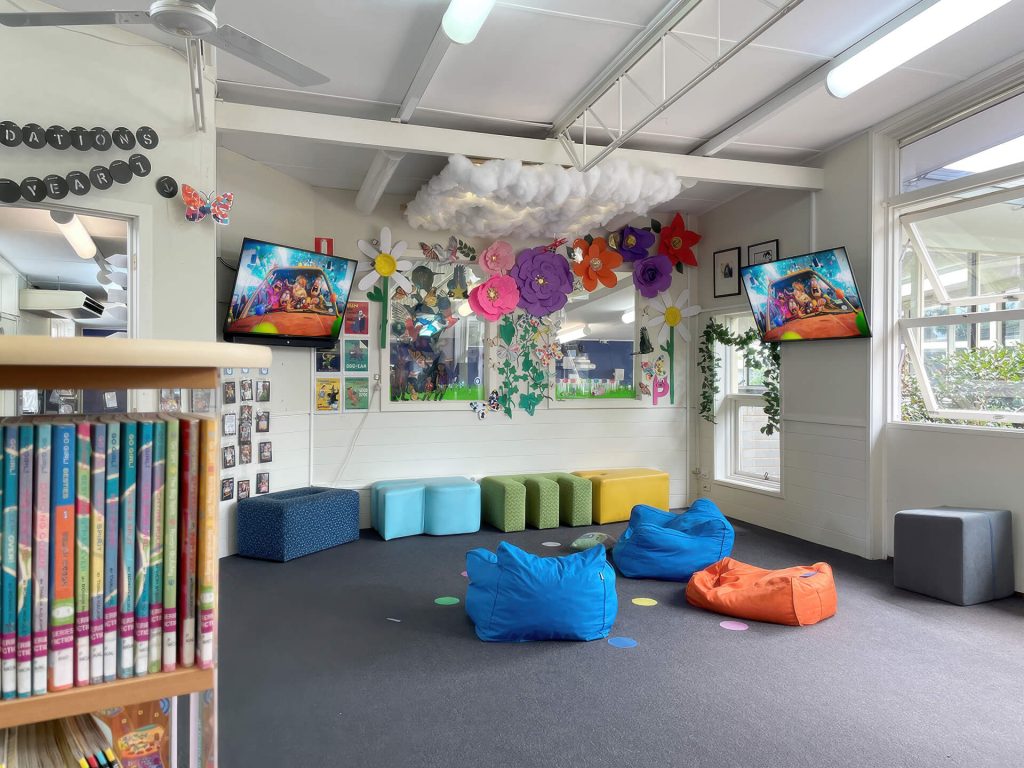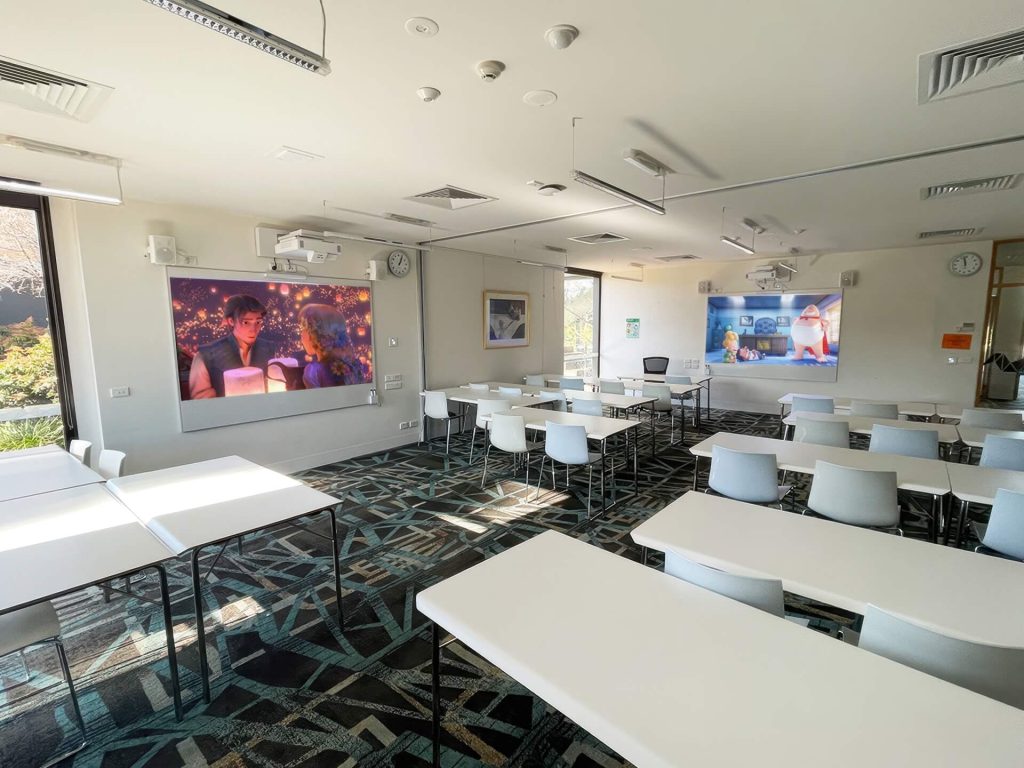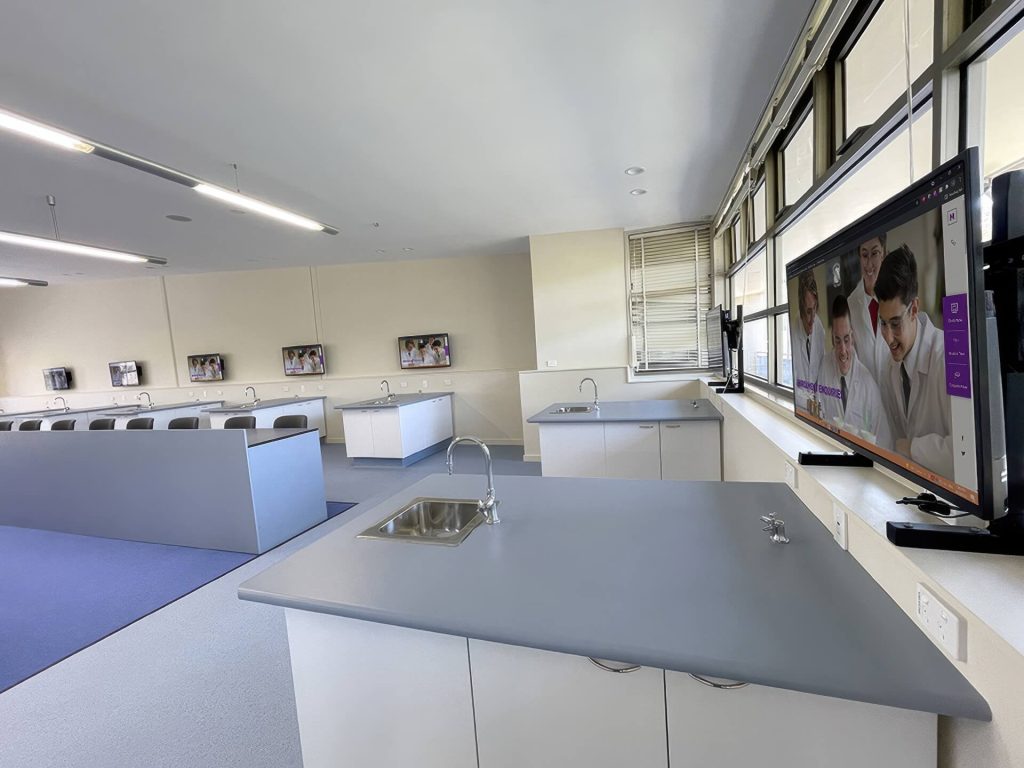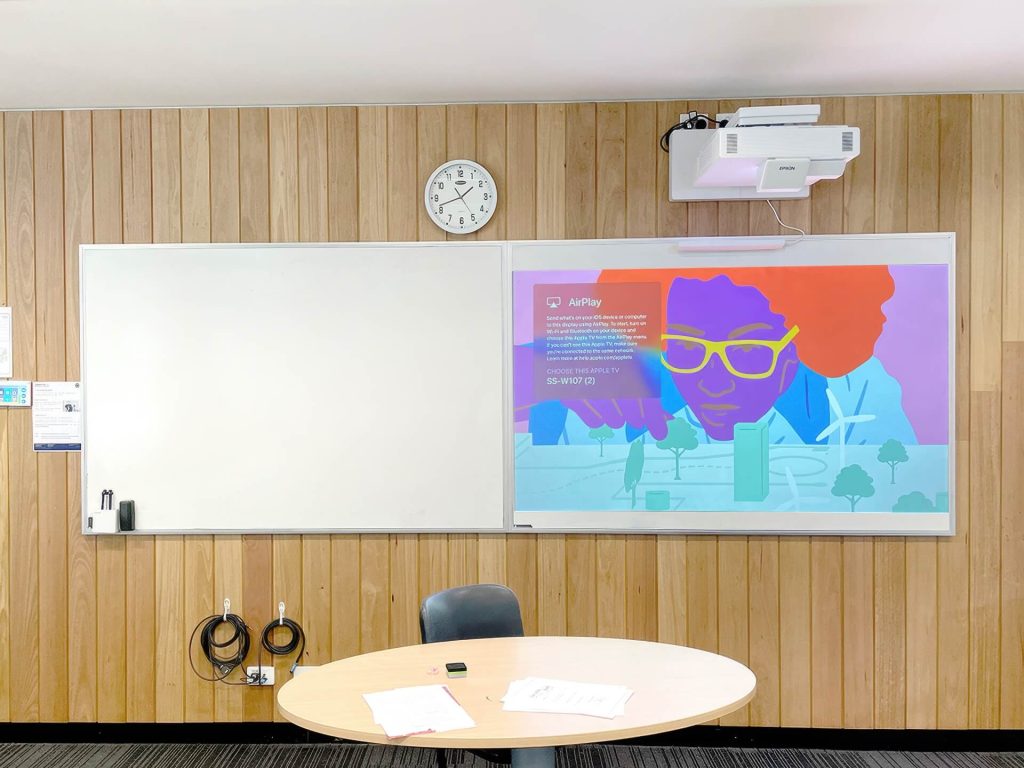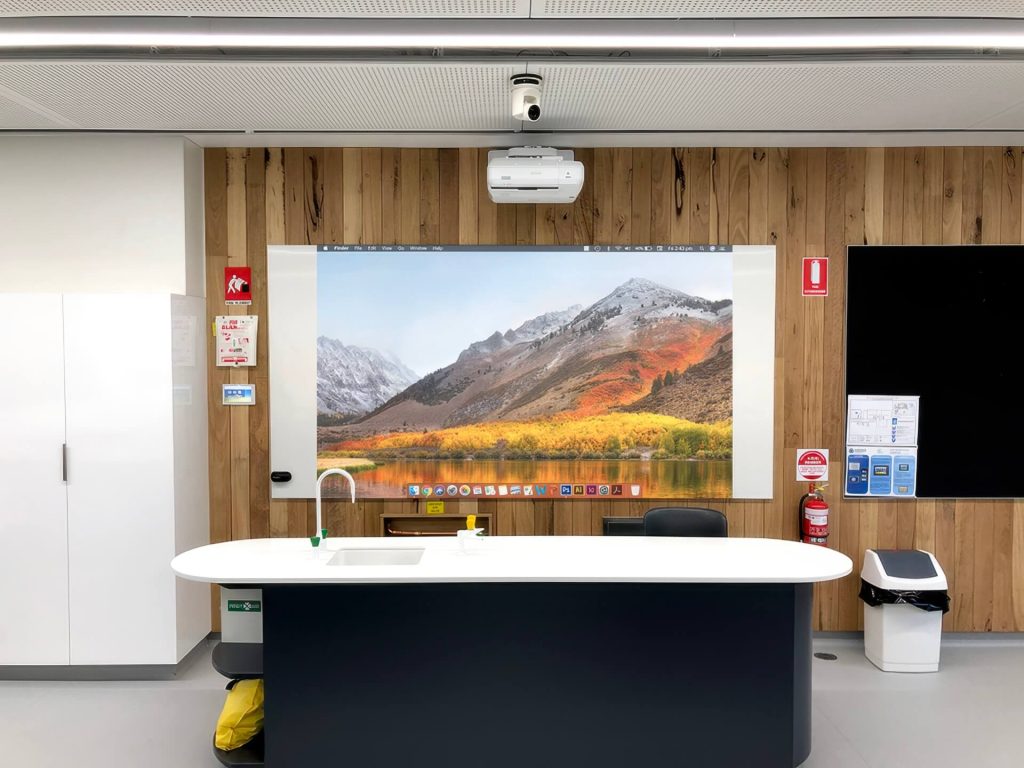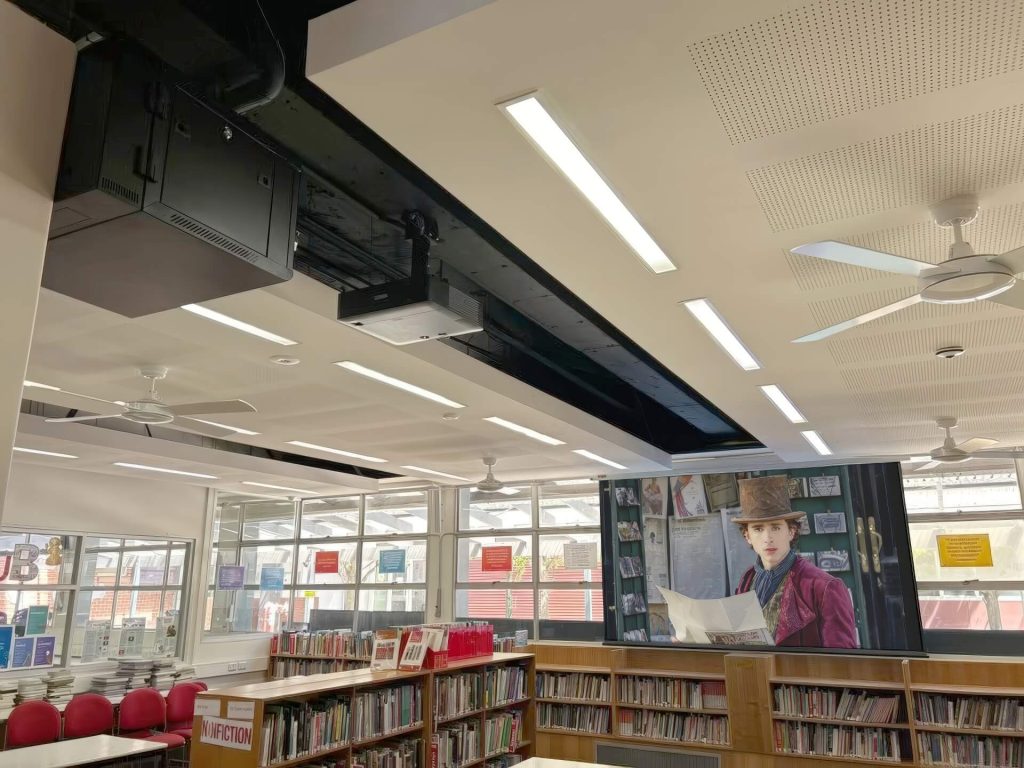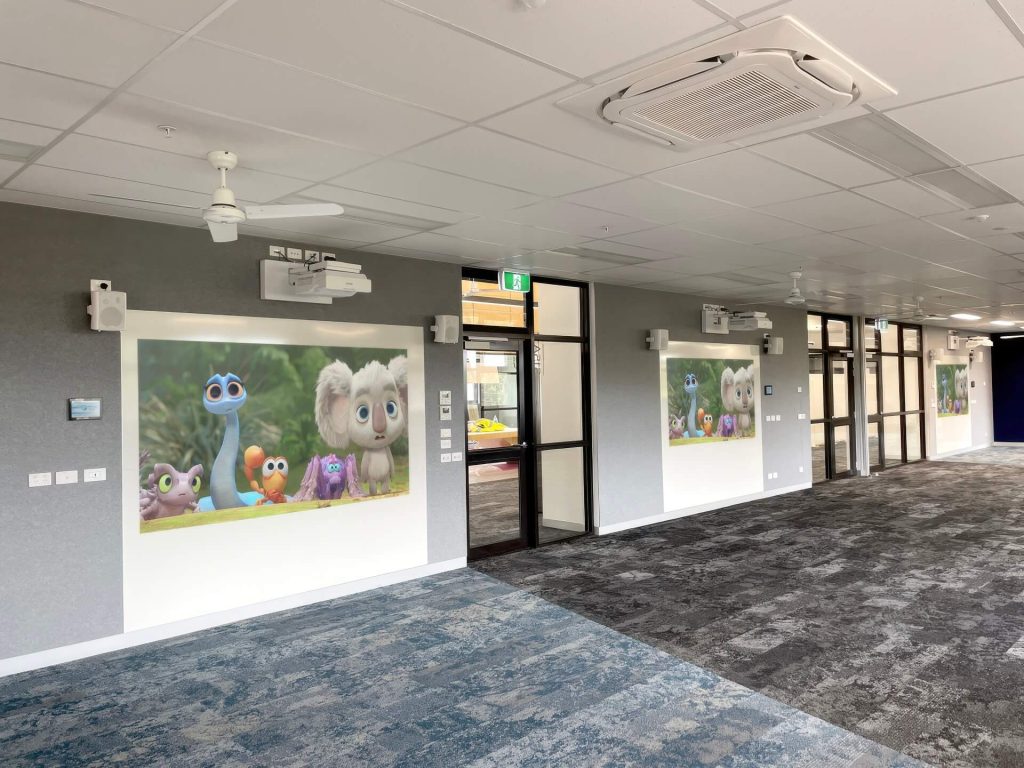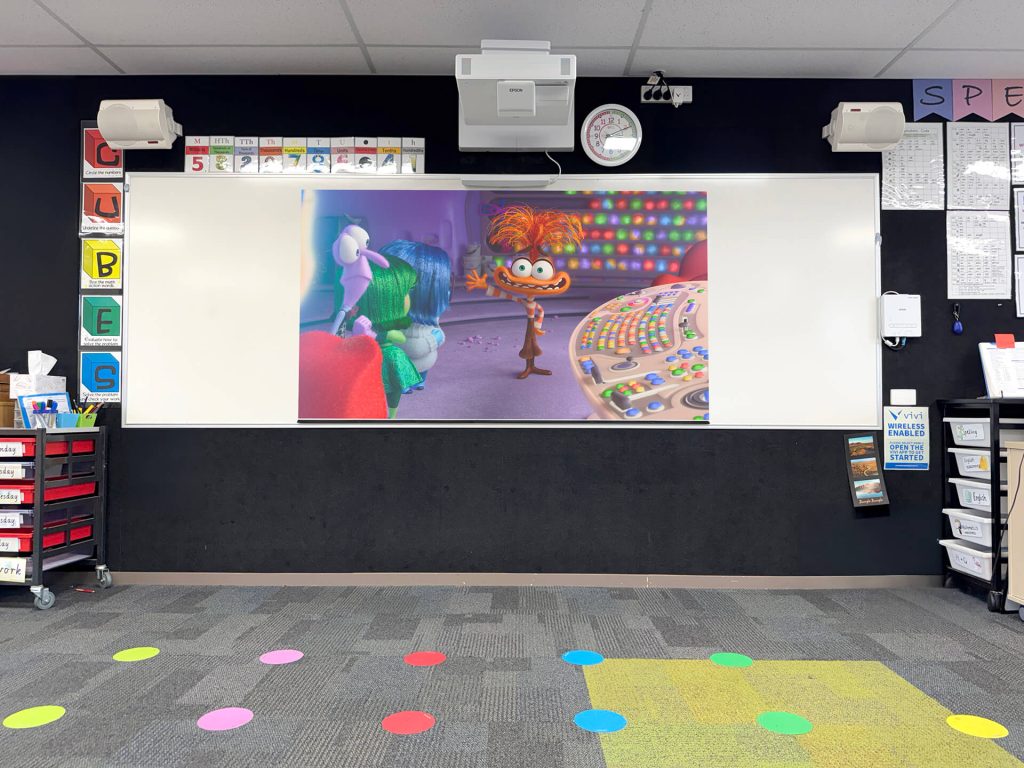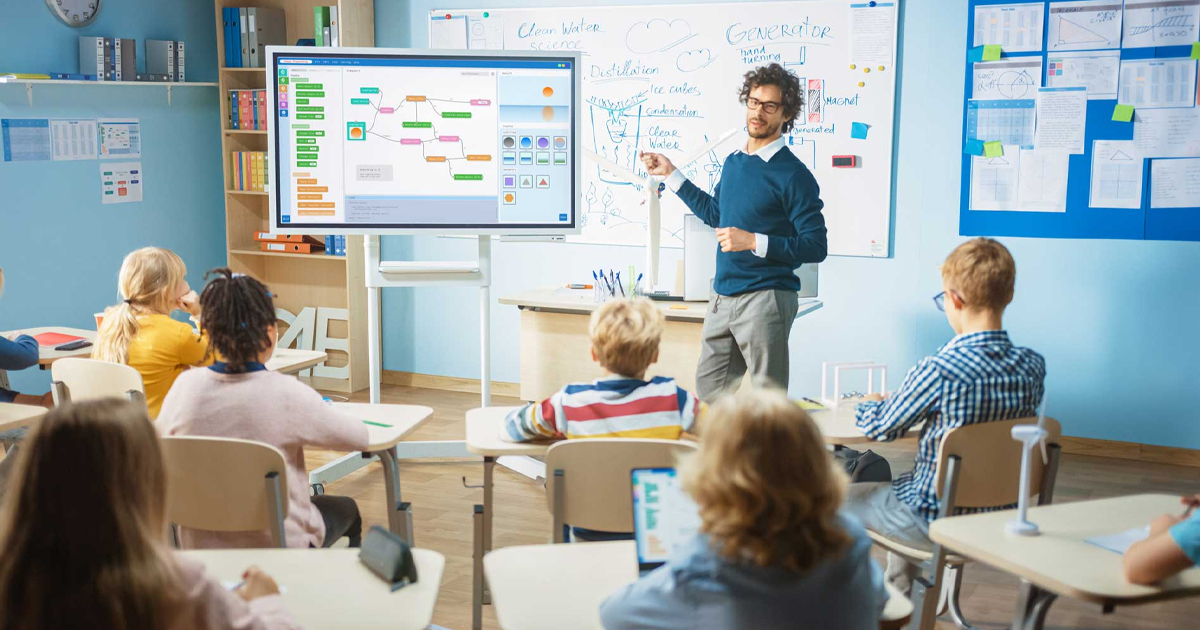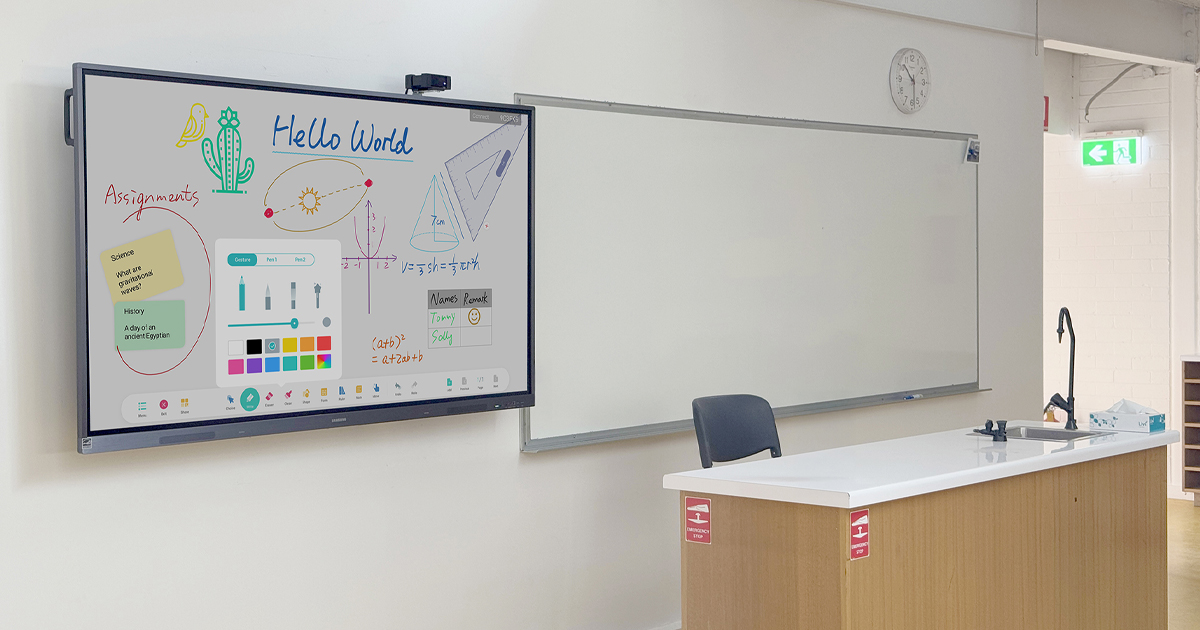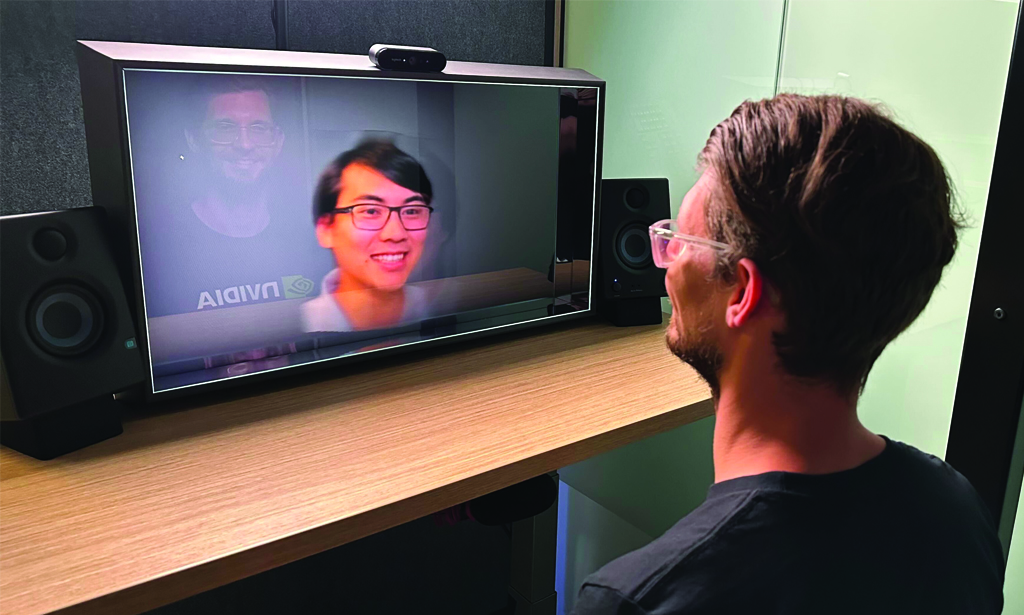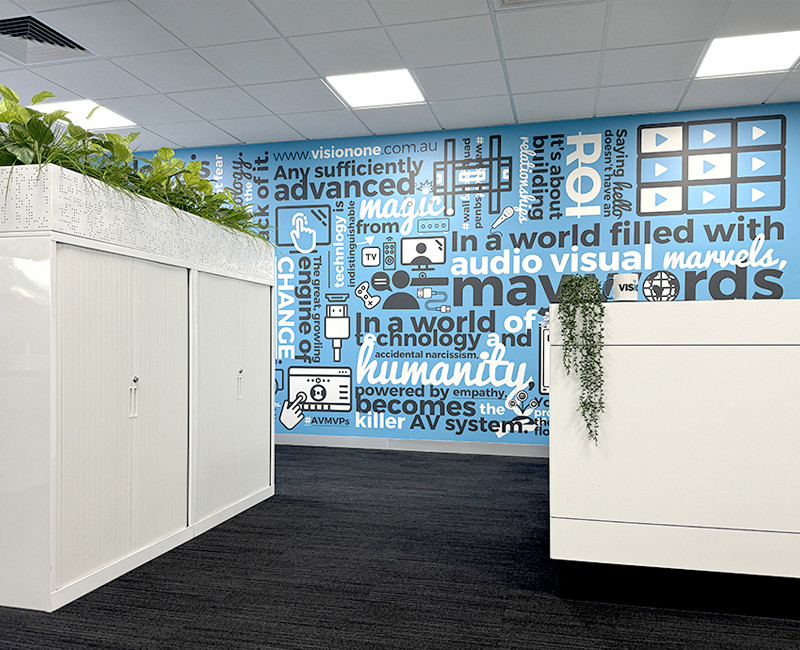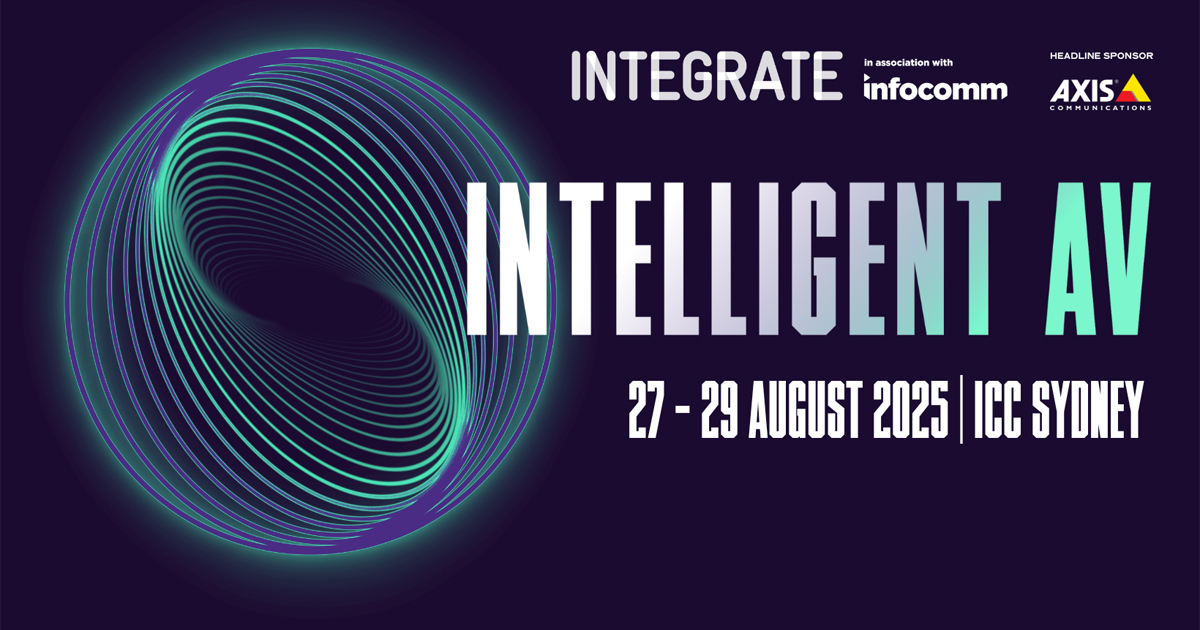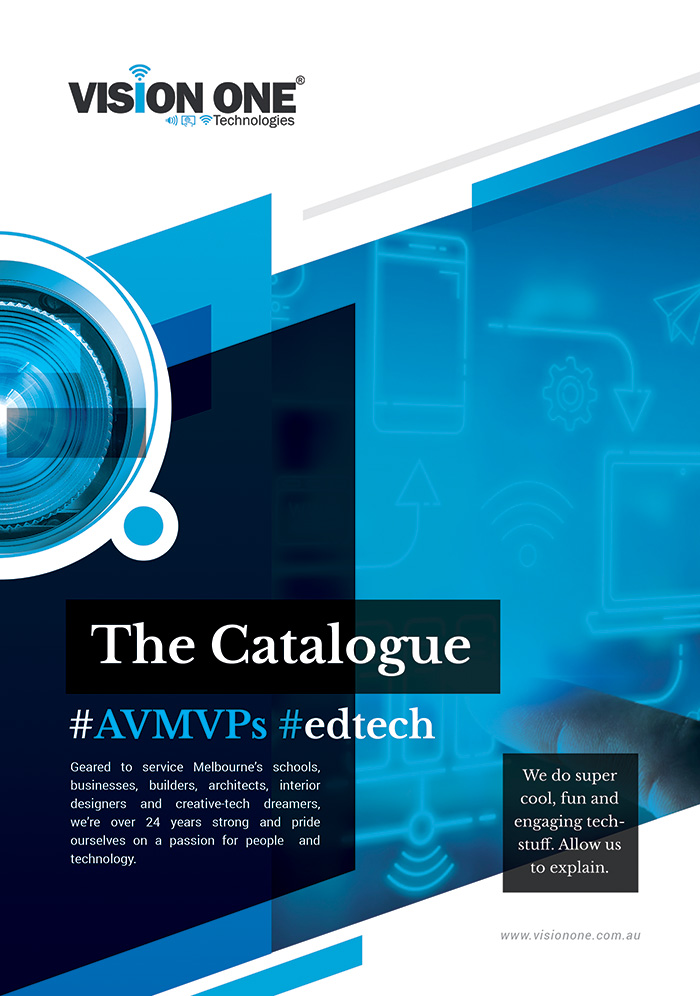What Makes a Classroom ‘Smart’ in 2025?
The concept of a “smart classroom” has transformed significantly over the past few years. In 2025, a smart classroom is defined not just by technology, but by how seamlessly that technology supports learning. It’s about creating an environment that is interactive, intuitive and flexible—one that empowers both educators and students.
At the core of a smart classroom are modern display solutions. Interactive projectors like the Epson EB-1485Fi and professional-grade LED displays provide vibrant, high-resolution visuals that remain visible even in bright conditions. They allow teachers to annotate in real time, switch inputs easily and encourage student participation with tools that go beyond the traditional whiteboard.
Another critical element is device connectivity. A smart classroom makes it easy for teachers and students to connect their own devices, whether that’s a laptop, tablet or smartphone. Wireless presentation systems such as AirMedia, ScreenBeam or Vivi allow for seamless content sharing, while HDMI and USB-C wall inputs ensure flexibility for plug-and-play setups. Touchscreen control panels make it easy to switch sources, start presentations and adjust volume—all with a single tap.
Audio quality plays a huge role in the learning experience. Clear, consistent sound ensures that every student can hear and engage, no matter where they’re sitting. Whether it’s a fixed audio system with ceiling-mounted speakers or a portable solution with wireless microphones, good sound design supports both small-group collaboration and full-class presentations. Assistive listening options also ensure inclusivity for students with hearing difficulties.
Importantly, smart classrooms are increasingly integrated with popular teaching platforms like Microsoft Teams, Google Meet and Zoom, making them suitable for hybrid or remote learning scenarios. Teachers can share content with students in the room and online simultaneously, without disruption. When combined with a flexible room layout, these systems support a wide range of teaching styles—from traditional instruction to collaborative group work.
A smart classroom isn’t defined by flashy gadgets—it’s defined by simplicity, adaptability and real learning outcomes. At Vision One, we work closely with schools across Melbourne to create AV solutions that do just that—making classrooms smarter, more efficient and ready for the future.
👉 Want to make your classroom smarter? Talk to our education AV specialists.
